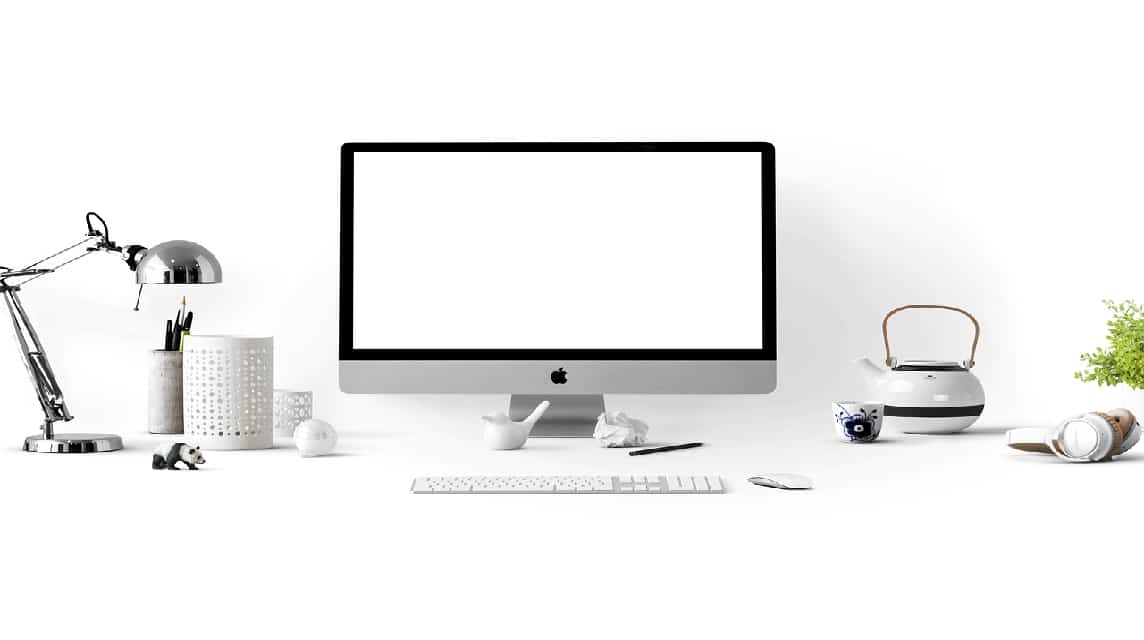- Definition: Output device is hardware that displays or outputs computer processed data to the user.
- The main function: Display information, provide real-time feedback, facilitate user-computer interaction, and improve work efficiency.
- Type: The three main categories are visual (monitor, projector), audio (speakers, headphones), and hard copy (printer, plotter).
- Everyday examples: Monitors, printers, speakers, headphones, projectors, and plotters are frequently used output devices.
Output Device: Definition, Types, and Examples
In the era of everything digital As of now, you must be familiar with the term output device. For those of you who often use it computer, laptops, or even smartphones, you actually interact directly with various types of output devices every day.
But, what exactly is meant by output device? Let's discuss it together so there is no misunderstanding!
Cheapest MLBB Product Recommendations!
12 (11+1 Bonus)Mobile LegendsBANGJEFF
IDR 8,00056%Rp. 3,500110 DiamondsMobile LegendsBV2SHOP
IDR 32,00011%Rp. 28,400568 DiamondsMobile LegendsBV2SHOP
Rp. 170,00015%Rp. 143,90012 DiamondsMobile LegendsRudyStorez
IDR 8,00055%Rp. 3,600110 DiamondsMobile LegendsTopMur
IDR 32,00010%IDR 28,600408 DiamondsMobile LegendsBV2SHOP
IDR 110,0004%Rp. 104,800296 DiamondsMobile LegendsBV2SHOP
Rp. 105,00027%Rp. 75,800110 DiamondsMobile LegendsRudyStorez
IDR 32,0006%Rp. 29,900170 DiamondsMobile LegendsBV2SHOP
Rp. 57,70024%Rp. 43,50059 DiamondsMobile LegendsRudyStorez
IDR 19,00016%Rp. 15,800Also read:
What is an Output Device?

Output devices are hardware (hardware) a computer whose job is to display or output data resulting from processing from a computer system.
Simply put, this hardware is a "bridge" between the computer's brain (CPUs) and you as a user, so that you can see, hear, or feel the results of the computer's work.
Without it, all the data processed by the computer would just be binary code that we cannot understand. That is why the existence of this device is very important for our interaction with everyday technology.
Output Device Function

Here are some of the main functions of output devices that you should know.
Displaying Data Processing Results
The main function of this hardware is to display data that has been processed by the computer. For example, when you type a document in Word, the results of your typing immediately appear on the monitor screen. Without this, you will not know what the PC/laptop is doing.
Assisting Interaction between Users and Computers
This hardware facilitates two-way communication. When the computer has finished processing data, it conveys it to you as the user in visual, audio, or printed form. This allows you to respond or take further action.
Delivering Information in Various Forms
Each of these hardware has different information delivery media. Just imagine a monitor can provide images and a printer can provide the original image form. That way, computers can meet various user needs.
Providing Real-Time Feedback
This hardware is also useful for providing immediate feedback. For example, when you click the play button on a media player, the speaker immediately produces music. Or when coding, syntax errors will appear on the monitor screen instantly.
Improving Computer Usage Efficiency
With this hardware, you can work faster and more efficiently. Imagine if there was no monitor, you would have to guess the contents of the file you were opening. Output devices help you access and understand data more easily.
Types of Output Devices

This hardware is divided into several categories based on the form of data they produce. Let's get to know the three main types of output devices below!
Visual
Visual output is a device that presents information in the form of images, videos, or text that you can see directly. The most common device in this category is the monitor, which is your main window when interacting with the computer system.
There is also a projector, which functions to project the screen display onto a larger surface, suitable for presentations or watching together. This visual output is very important for those of you who often work with design, documents, or multimedia.
Audio (Sound)
Audio turns something into sound that our ears can hear. The most common example is speakers, which are used to listen to music, videos, or notifications from a computer.
In addition, there are headphones or earphones, which provide a more personal audio experience and do not disturb people around. This device is very crucial for those of you who work in a crowded environment, like to play games, or like to enjoy entertainment privately.
Hardcopy
Hardcopy output produces output in physical form, usually in the form of a printout on paper. Printers are the most popular example in this category, which function to print documents, images, or reports from digital files.
Examples of Output Devices in Everyday Life

To make it easier to understand, here are examples of its use in your daily activities:
Monitors
The monitor is the output device we use most often when typing documents, browsing the internet, or watching videos. monitors displays all the visual information from the computer in front of you. Without a monitor, you can't see anything you're doing.
Printers
Printers can make data into physical form from digital data. For example, when you print schoolwork, office reports, or photos, the printer converts the digital file into a printed form that you can hold and read directly.
Speaker
If you like listening to music, watching movies, or playing games, speaker is an output device that provides an audio experience. The sounds produced can be effects, conversations, or even music from a computer system or other device.
Headphones / Earphones
Headphones or earphones also includes audio output devices. Unlike speakers, this device is used personally. It is very suitable for those of you who want to listen to audio with more focus and without disturbing people around you.
Projectors
Projectors useful in displaying visuals from a computer. Usually you find it in classrooms, meetings, or watch-a-thon events. With a projector, you can see the computer display collectively with other people.
Plotter
Plotters are hardware commonly used in engineering and architecture. When you need to print engineering drawings, building plans, or large vector illustrations, plotters are the right choice because they are capable of producing prints with a very high level of precision.
In essence, an output device is an essential part of a computer system that allows you to see, hear, or print the results of data processing. Without this device, you will not be able to enjoy the computer experience to the fullest.
Also read:
So, now you know what an output device is and its examples, right? Don't miss other important information about the world of technology by continuing to update through articles like this, okay!












